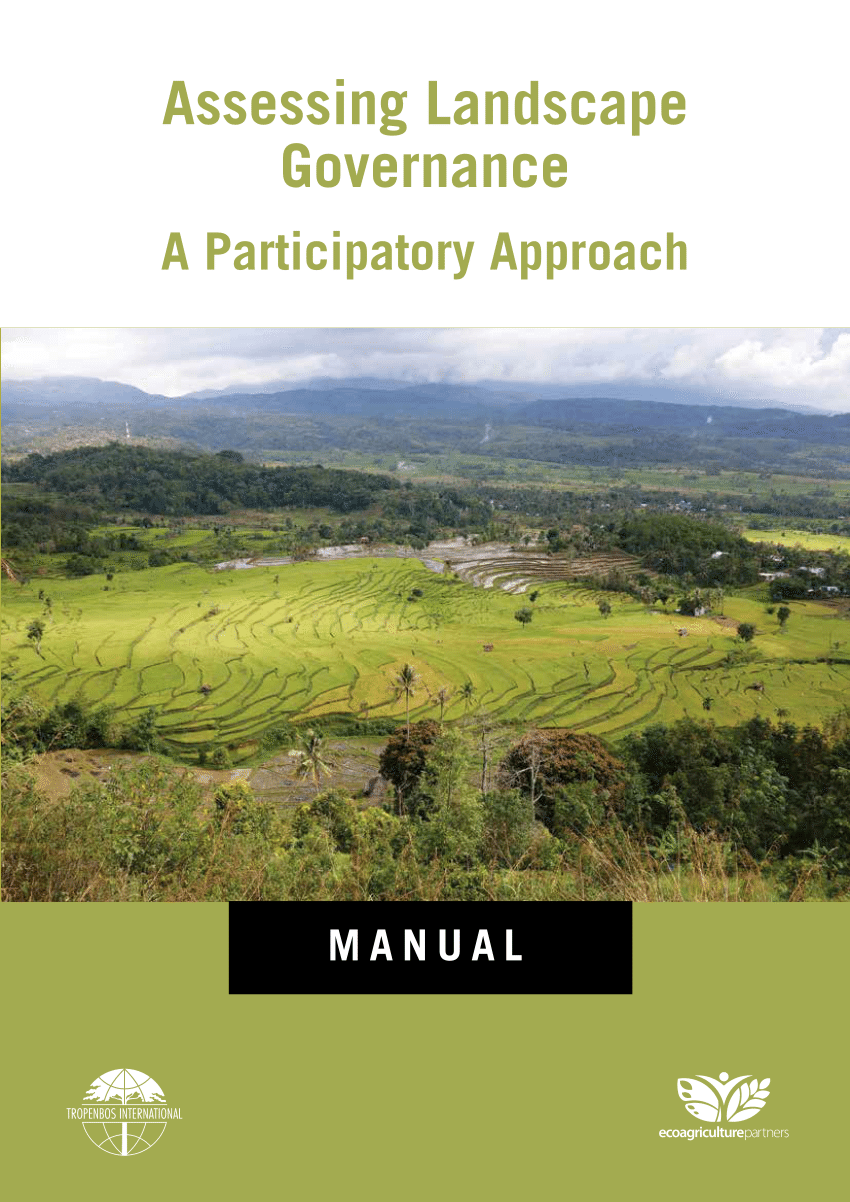Healthy soils for productive and resilient agricultural landscapes
Healthy soils are essential for productive and resilient agricultural systems. They are also increasingly recognized as a means to mitigate climate change risks. While solutions for restoring degraded soils and landscapes do exist, improved knowledge and tools are needed to enhance their impacts over time and at scale. WLE has assessed the impacts of various land restoration initiatives and developed a range of tools to better tailor and target investments and interventions to local contexts.





